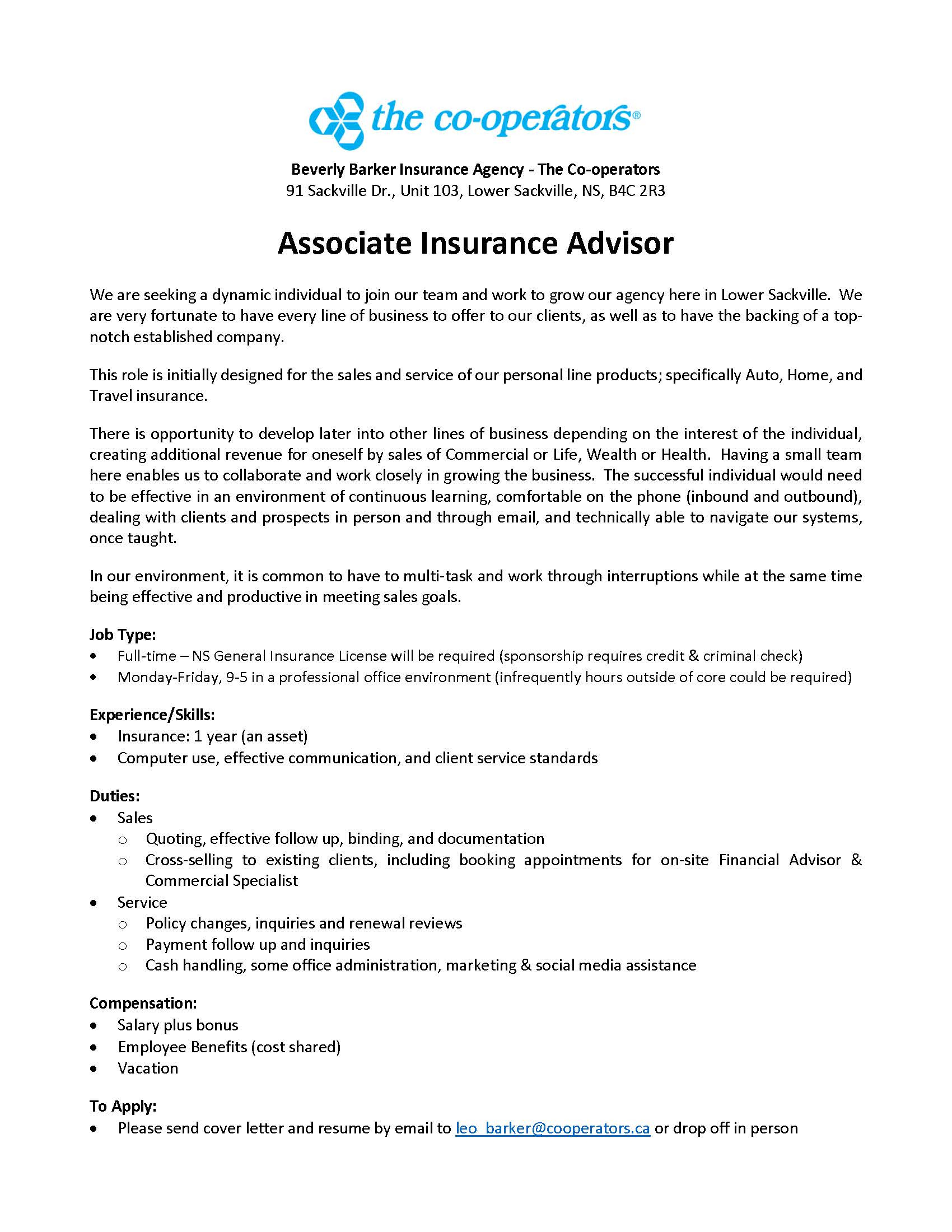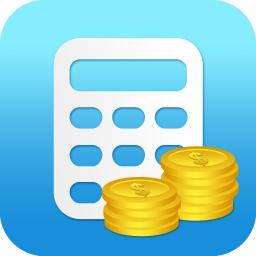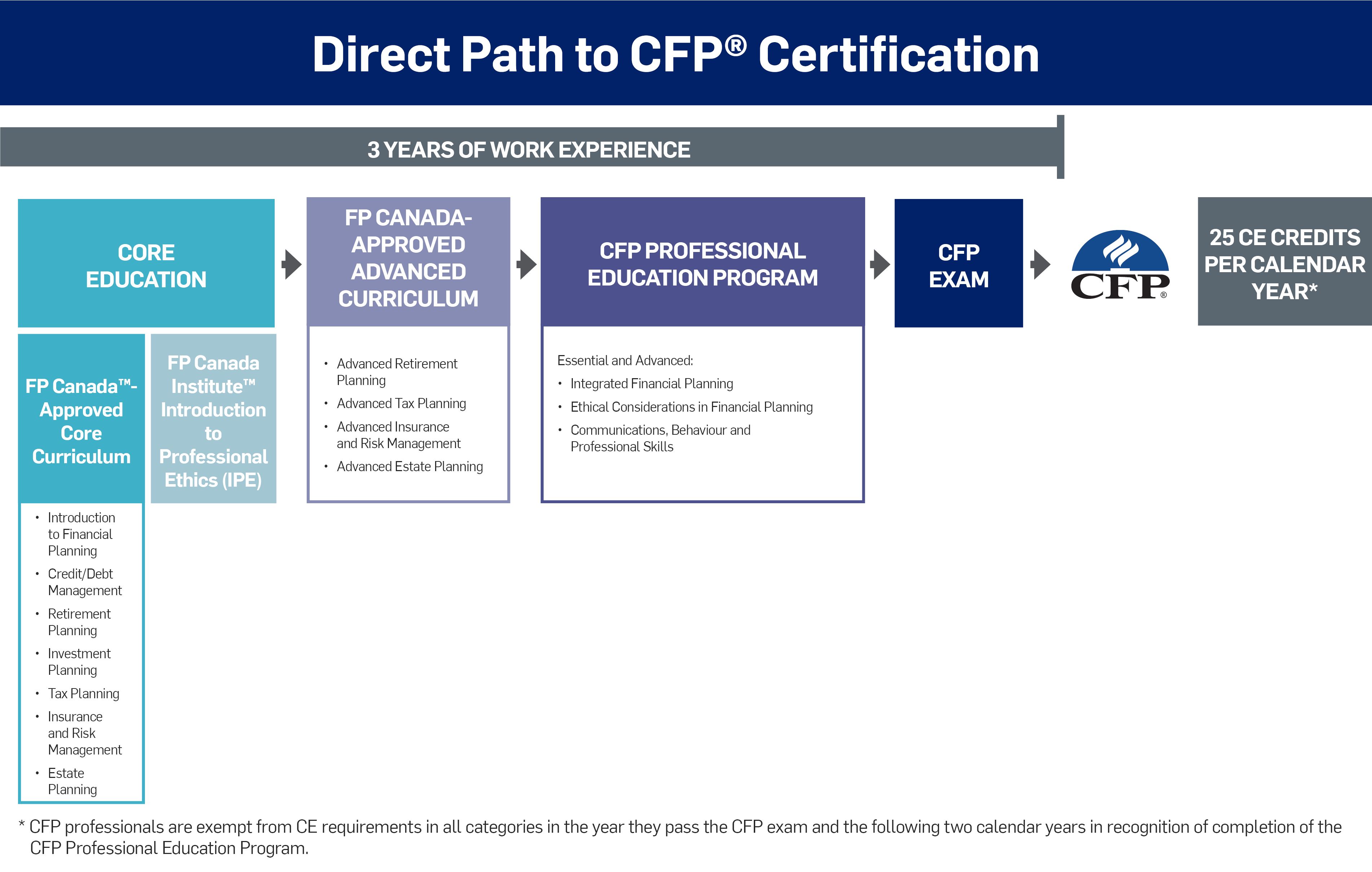
A beneficiary IRA rmd calculator can be used to calculate how much your loved one will get upon your death. The calculation takes into account the age of the account's original owner at the time of death. This amount is calculated by the IRS using a table called Single Life Expectancy.
IRA
The Beneficiary IRA RMD calculator allows you to determine the minimum distributions required for beneficiaries. The beneficiary, who is over 70 years of age, is not required by the original owner to take the RMD. Instead, the RMD can only be taken if the beneficiary is the sole beneficiary of at most one IRA.
The IRS has recently changed the Uniform Lifetime Table to account for longer life spans. Tax implications can arise from taking an RMD at any age. It's best to speak with a financial advisor to ensure you are getting the right RMDs. A spouse inheritor may have certain rights that are not granted to other beneficiaries.

The beneficiary's date of birth must be entered into the Contact Profile, and the age of the child must be less than 21 years old. The 2001 Rules may be used if the beneficiary is younger than 26 years. A child's age is 25 to begin receiving a 10 year payout. The Beneficiary IRA RMD calculator needs to know the child's year of birth. The calculator also uses the child's age on 12/31 of the previous year.
401(k)
To calculate the RMD of a beneficiary in a 401(k), IRA or IRA, first you need to know their age. This is the age of the original account owner when they died, and it will also determine the amount of the beneficiary's RMD. The calculator will show you how much the beneficiary can withdraw from the account for the year after their death.
You will need to calculate your RMD differently if you are the beneficiary of a traditional IRA. Your RMD will differ if you are the beneficiary of a traditional IRA. To calculate this, use the IRS Joint Live and Last Survivor Expectancy table (Publication 590). This table has an age factor based on the age of the account owner. This factor will also be applied at the death of the beneficiary to an IRA.
403(b)
The IRA RMD Calculator can help you determine the required minimum distribution (RMD). This calculator is available for either an IRA plan or a 403B(b) plan. This calculator requires account owner's details, account balance, birthdate, and name to calculate your year-end RMD. For the calculator to correctly calculate your RMD, you will need your spouse's information. The calculator will calculate RMD for this only account. It is not possible to calculate RMD for other qualified retirement savings.

A IRA rmd calculation can be used to determine your beneficiaries. This information is used by IRS to determine beneficiary's RMD. If your IRA owner died in the previous year, your spouse would be responsible for the distribution, or else, would have to wait until the next year to start taking RMDs.
FAQ
How to beat inflation with savings
Inflation can be defined as an increase in the price of goods and services due both to rising demand and decreasing supply. Since the Industrial Revolution, when people began saving money, inflation has been a problem. The government attempts to control inflation by increasing interest rates (inflation) and printing new currency. There are other ways to combat inflation, but you don't have to spend your money.
For example, you could invest in foreign countries where inflation isn’t as high. Another option is to invest in precious metals. Because their prices rise despite the dollar falling, gold and silver are examples of real investments. Investors who are worried about inflation will also benefit from precious metals.
What is Estate Planning?
Estate Planning is the process that prepares for your death by creating an estate planning which includes documents such trusts, powers, wills, health care directives and more. These documents will ensure that your assets are managed after your death.
What is retirement planning exactly?
Financial planning does not include retirement planning. It helps you plan for the future, and allows you to enjoy retirement comfortably.
Retirement planning involves looking at different options available to you, such as saving money for retirement, investing in stocks and bonds, using life insurance, and taking advantage of tax-advantaged accounts.
Statistics
- As previously mentioned, according to a 2017 study, stocks were found to be a highly successful investment, with the rate of return averaging around seven percent. (fortunebuilders.com)
- According to Indeed, the average salary for a wealth manager in the United States in 2022 was $79,395.6 (investopedia.com)
- Newer, fully-automated Roboadvisor platforms intended as wealth management tools for ordinary individuals often charge far less than 1% per year of AUM and come with low minimum account balances to get started. (investopedia.com)
- As of 2020, it is estimated that the wealth management industry had an AUM of upwards of $112 trillion globally. (investopedia.com)
External Links
How To
What to do when you are retiring?
When people retire, they have enough money to live comfortably without working. But how can they invest that money? There are many options. For example, you could sell your house and use the profit to buy shares in companies that you think will increase in value. Or you could take out life insurance and leave it to your children or grandchildren.
You can make your retirement money last longer by investing in property. As property prices rise over time, it is possible to get a good return if you buy a house now. If you're worried about inflation, then you could also look into buying gold coins. They do not lose value like other assets so are less likely to drop in value during times of economic uncertainty.